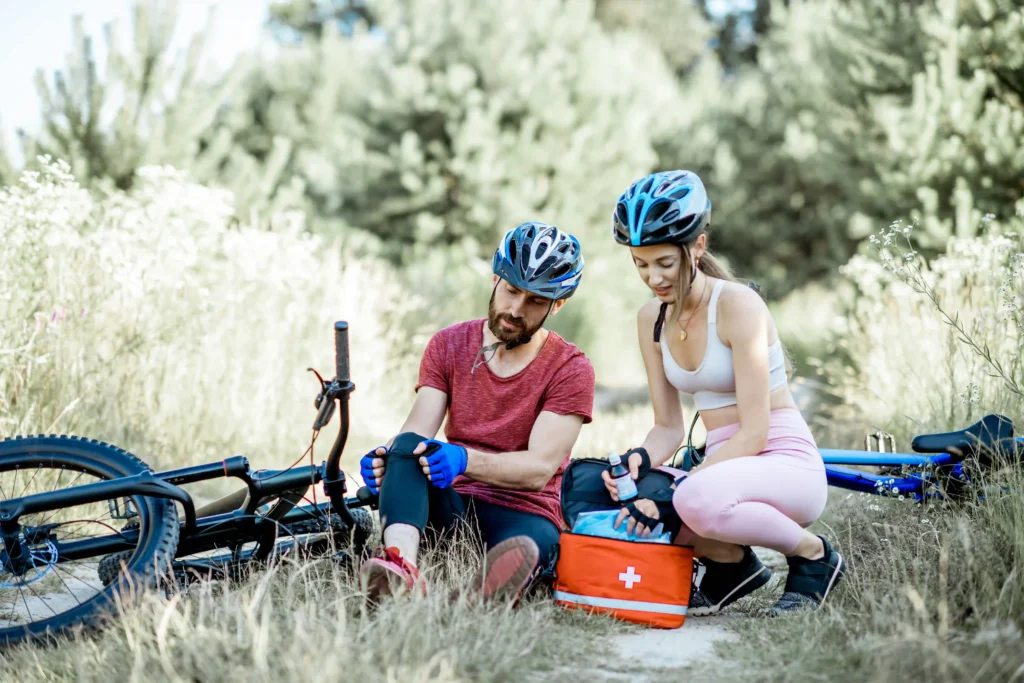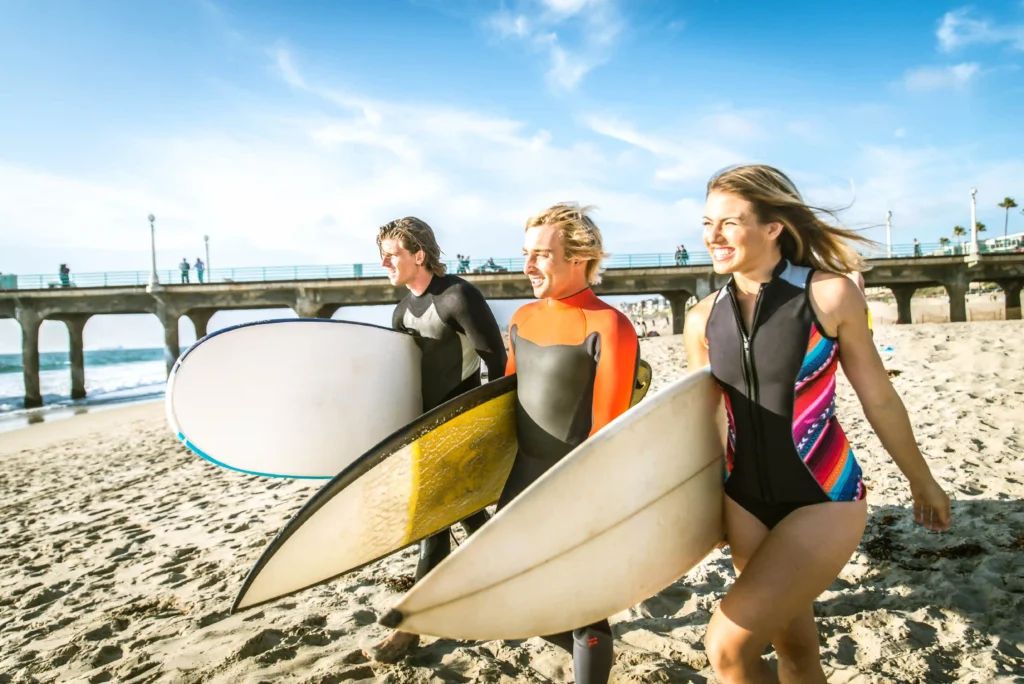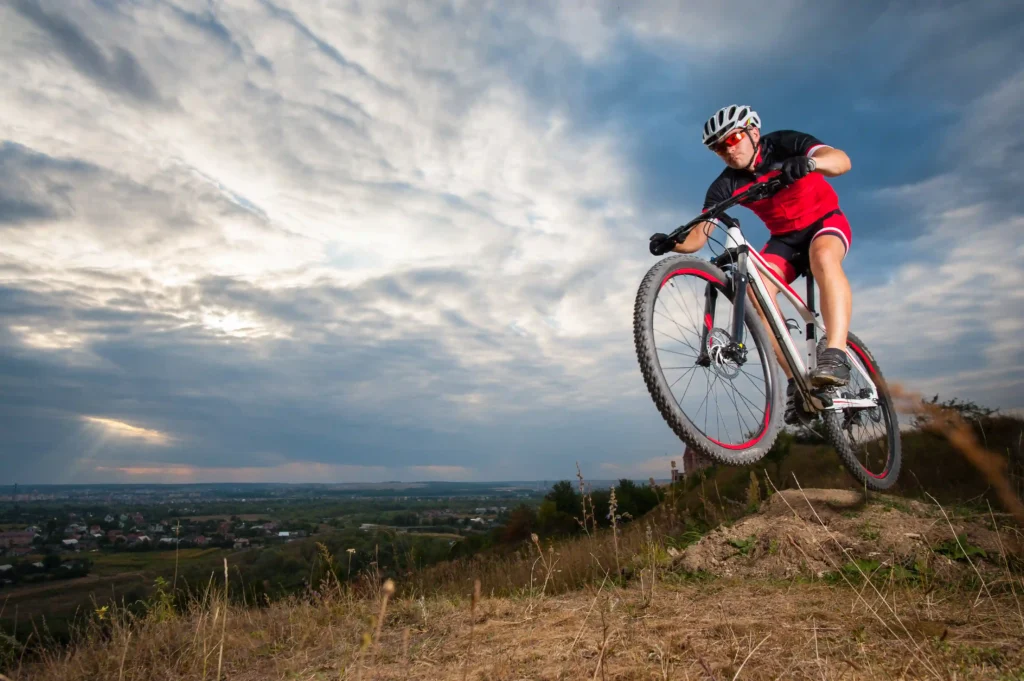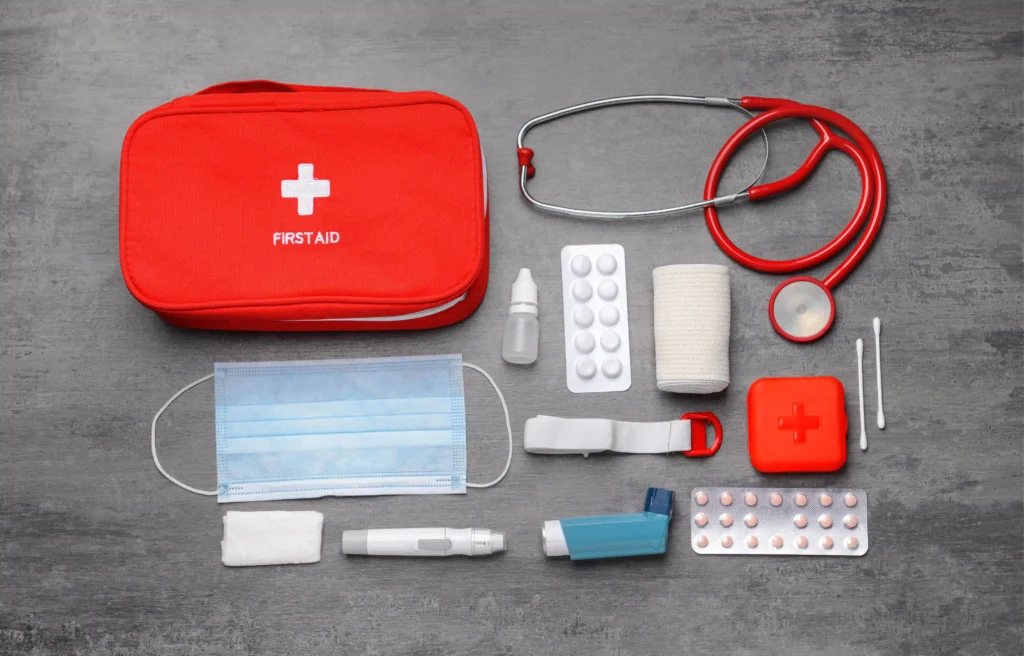Table of Contents
I. Introduction on Extreme Sports Safety Guidelines
Extreme sports, with their adrenaline-pumping activities and thrilling challenges, have seen a surge in popularity among adventure seekers. However, the excitement comes with inherent risks, making it crucial for participants to prioritize safety. From novice enthusiasts to seasoned athletes, understanding and implementing safety measures is essential. This guide delves into safety for extreme sports enthusiasts, offering detailed extreme sports safety guidelines and sports safety protocols that can help minimize risks and enhance the overall experience.
II. General Safety Tips
To ensure a safe and enjoyable adventure, consider these general safety tips:

- Conduct thorough research: Before engaging in any extreme sport, gather comprehensive information about the activity, including potential risks and required skills. Understanding the demands of the sport helps in better preparation.
- Assess personal skill level and physical condition: Evaluate your physical fitness and skill level to determine if you are ready to participate. Overestimating your abilities can lead to accidents.
- Proper training and instruction: Enroll in training programs or workshops led by certified instructors. Proper instruction is crucial in mastering techniques and ensuring safety.
- Monitor weather and environmental conditions: Stay updated on weather forecasts and environmental factors. Many extreme sports depend heavily on favorable conditions for safety.
- Use the buddy system: Always have a partner or a spotter present. This ensures immediate assistance in case of an emergency and can significantly improve safety.
III. Sport-Specific Protocols
Each extreme sport has unique safety protocols. Here are some sport-specific guidelines:
A. Rock Climbing

- Double-check climbing harnesses and ropes: Ensure all equipment is in good condition before each climb.
- Identify hazardous areas: Recognize potential dangers such as loose rocks or unstable surfaces and avoid them.
B. Skydiving

- Conduct pre-jump equipment checks: Regular maintenance of parachutes and gear is critical.
- Learn landing techniques: Understanding safe landing methods can prevent injuries.
- Follow certified instructions: Adhere to guidelines provided by certified skydiving instructors for maximum safety.
C. Surfing

- Examine wave conditions: Evaluate wave size and weather conditions to ensure they match your skill level.
- Use suitable equipment: Select surfboards and leashes appropriate for your ability.
- Know how to swim and self-rescue: Being proficient in swimming and rescue techniques is vital for safety.
D. Mountain Biking

- Wear protective gear: Helmets and pads are essential to protect against falls and collisions.
- Inspect your bike: Regularly check brakes, tires, and gears to ensure they are functioning properly.
- Follow trail rules: Adhering to trail etiquette helps prevent accidents and collisions with other bikers.
IV. Necessary Gear and Equipment
The right gear is a cornerstone of sports safety protocols.
- Invest in quality equipment: High-quality, certified gear can provide better protection and durability.
- Maintain your equipment: Regular checks and maintenance of your equipment can prevent failures during activities.
- Replace worn-out gear: Timely replacement of outdated or damaged gear is crucial for safety.
V. Emergency Procedures
Being prepared for emergencies is a key component of extreme sports safety guidelines.

- Acquire basic first aid knowledge: Understanding first aid can be lifesaving in emergencies.
- Carry communication devices: Having a means to contact help is essential, especially in remote areas.
- Develop an emergency action plan: Plan your response to potential accidents or injuries before they occur.
- Know emergency contacts: Familiarize yourself with local emergency numbers and the nearest medical facilities.
VI. Conclusion
Adhering to safety protocols not only enhances the excitement of extreme sports but also ensures long-term enjoyment. By following these extreme sports safety guidelines, enthusiasts can significantly reduce risks and prevent injuries. Continuous education and staying informed about new safety practices and innovations are vital for anyone passionate about extreme sports. Remember, the ultimate thrill lies not just in the adventure, but in conquering it safely.
FAQs About Extreme Sports Safety
1. What are the general safety precautions I should take before participating in extreme sports?
Before diving into extreme sports, conduct comprehensive research on the activity, assess your skill level and physical condition, undergo proper training, and always check weather conditions. It’s crucial to engage in these sports with a partner or a spotter for added safety.
2. How can I ensure my equipment is safe and reliable?
Invest in high-quality, certified equipment and perform regular maintenance checks. Replace any worn-out or damaged gear promptly to prevent failures during activities.
3. What should I do in case of an emergency while participating in extreme sports?
Familiarize yourself with basic first aid and carry communication devices to contact help if needed. Have an emergency action plan and know local emergency numbers and the nearest medical facilities.
4. Are there specific safety protocols for individual extreme sports?
Yes, each sport has its own safety protocols. For example, rock climbers should double-check their gear, skydivers need to perform equipment checks before jumps, surfers should be aware of wave conditions, and mountain bikers must wear protective gear and follow trail etiquette.
5. What kind of training is necessary for extreme sports?
Engage in training programs led by certified instructors to learn proper techniques and safety measures. Continuous education and staying informed about new safety practices are essential.
6. How can I assess my readiness to participate in an extreme sport?
Evaluate your physical fitness and skill level. Engage in practice sessions that simulate the sport’s conditions and seek feedback from experienced participants or instructors.
7. What role does weather play in extreme sports safety?
Weather conditions can significantly impact safety. Always check forecasts before heading out and be prepared to adjust plans if conditions are unfavorable.
8. Is it necessary to have a partner when engaging in extreme sports?
Yes, having a buddy or spotter is highly recommended to ensure immediate assistance in case of emergencies, which can greatly enhance safety.
9. How can I stay updated on safety innovations and guidelines in extreme sports?
Join clubs or online communities, subscribe to relevant magazines or websites, and attend workshops or conferences to stay informed about the latest in sports safety protocols.
10. What is the importance of using safety gear in extreme sports?
Safety gear is vital for protecting against injuries. It acts as the first line of defense during accidents and helps minimize the impact of falls or collisions.
